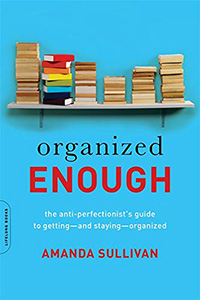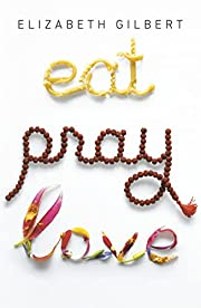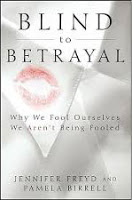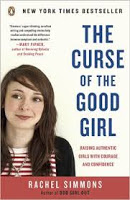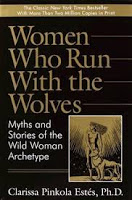I saw this book on display on a library shelf and picked it up, started thumbing through, brought it home. Found it very practical, easy to read and understand the concepts. On how to get organized, and stay that way, without going overboard. The author points out over and over again that you don’t have to have all your family photos meticulously arranged and labeled in albums by year, maybe just in a box is good enough (though it’s helpful to have names and dates on the back, so you don’t forget). That you don’t have to have all your socks sorted by color in the drawer- as long as they’re in the drawer together. And so on. She goes through areas of the home that people usually have trouble keeping free of clutter or easy to find things- from the kitchen cupboards and closets to counters that seem to collect paper, kids’ belongings strewn around the living room and drawers full of extra toiletries in the bathroom. Outlines different strategies and methods for taking stock of what you own, weeding out what you don’t need or won’t actually use, and limiting what new items you bring into the house. The main concept being: all your items should fit tidy in their space, and if your belongings start to overflow the area, it’s time to weed stuff out. (For me, that’s really hard to implement with books! and now, puzzles too). That it’s okay to let go of things, if they no longer serve you (or never did: “If you let those aspirational items gather dust, they just become a museum of your past ambitions, and that is kind of depressing.” Different ways to sort and keep things together, to evaluate the actual usefulness of what you have, and to create good habits for keeping things organized. Plenty of examples from actual people she’s worked with to help get their clutter under control. Even how to keep digital files tidy. Not all the suggestions felt useful to me, but I’m keeping others in mind.
I like some of the closing thoughts: ” ‘Will I ever be done? Will I ever be organized?’ Yes, you will be organized enough, and no, you will never be done, because life keeps on happening. Just when you have one thing under control, something will change and you have to develop a new system. But that’s okay, because you will know how.”
and: “You don’t have to do anything … perfectly. If there is one thing that I’ve learned in life, it’s that showing up and being consistent usually trump perfection.”
I also like these quotes by other writers, that were chapter headings: The real voyage of discovery consists not in seeking new landscapes, but in having new eyes -Marcel Proust
Your net worth to the world is usually determined by what remains after your bad habits are subtracted from your good ones -Benjamin Franklin
Borrowed from the public library.
